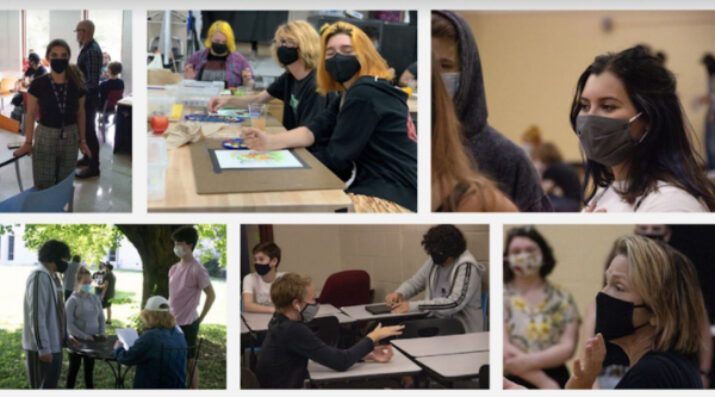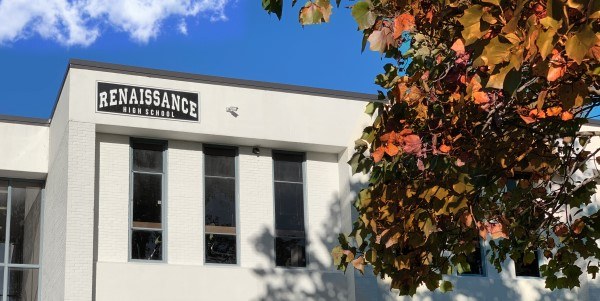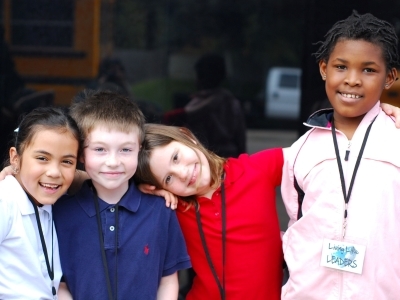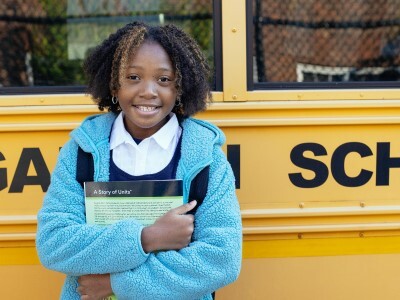7 Steps toward Schoolwide Implementation
Topics

When educators design and create new schools, and live next gen learning themselves, they take the lead in growing next gen learning across the nation. Other educators don’t simply follow and adopt; next gen learning depends on personal and community agency—the will to own the change, fueled by the desire to learn from and with others. Networks and policy play important roles in enabling grassroots approaches to change.
An instructional coach worked with a school team on these 7 steps to support teachers as they shifted their instructional practice to self-paced, mastery-based learning.
So you are a school leader who wants to bring new instructional strategies like mastery-based learning, flipped classrooms, blended learning, and self-paced learning to teachers in your building. You believe that these instructional practices will meet students where they are, engage them in their learning and offer teachers more flexibility, especially in ever-changing learning environments during a global pandemic. You have tools that makes sense to you, but will your teachers agree? How can you support teachers who want to try something new and encourage others to innovate?
I am an instructional coach in Tennessee who discovered the Modern Classrooms Project in the summer of 2020. Modern Classrooms is an instructional model that incorporates blended learning, self-pacing, and mastery-based instruction. The principal at one of my schools said he wanted to bring this to his staff in order to help them cope with the uncertainty of school in the fall of 2020, so I jumped in and started learning more about it for myself. The administration and I liked this model because it aligned with the vision of the school and used strategies teachers were already using in their classrooms like mastery-based learning and elements of blended learning. Instead of being a revolution, we thought it was a logical next step from where we were. This model brought the instructional practices all together in a way that would support teachers and students whether we were in person, remote or hybrid—all scenarios our teachers have taught in this year. Here are some of the steps we took to support our teachers as we innovated and grew together:
- Encourage teachers to go explore the ideas at their own pace. Everyone learns new skills differently. Some like to jump right it in, give it a try, and learn as they go. Others like to think and plan everything out before they try it out. Give teachers time to explore new ideas by introducing them before a break or even setting aside an administrative day for this purpose. This gives teachers time to research and learn at their own pace. In May of 2020, my principal started encouraging teachers to go through a free online course offered by the Modern Classrooms Project. Because they were on a break, they were able to find time to go through the course and used that information to frame their planning for the following year.
- Recruit school leaders. This may be an assistant principal, an instructional coach, or a teacher-leader. If you can get some of them on board and excited about innovating, they can be a real asset for equipping others. As an instructional coach, I was happy to come on board, and our assistant principal was also heavily invested because she decided to use the model in her classroom. We explored the model from our personal backgrounds—one as an ELA and theatre teacher and one as a math, science, and special education teacher.
We used the model to teach the model, and it gave teachers an opportunity to develop their own classroom materials and experience the model as students.
- Provide professional development. Before you implement something new, make sure you provide professional development to your staff. We all know this is ideal, but often training is quickly abandoned because of time and cost barriers. But allocating time and money for professional development lets your teachers know that you are invested in innovation. During one of our district professional development days, the assistant principal and I constructed an afternoon session using the key elements of the Modern Classrooms Project and our district-approved tools. We used the model to teach the model, and it gave teachers an opportunity to develop their own classroom materials and experience the model as students. It also gave me an opportunity to experience the model as a teacher and realize how much work goes into preparing for units.
- Give teachers time. Making shifts in philosophy, practice, or approach take time. In order to successfully innovate, teachers need time to create and adapt materials. We offered teachers administrative days and held fewer faculty meetings. Our district also added asynchronous days to support all teachers this year. Even though teachers found this time helpful, they still put in additional hours in the first year of implementation.
- Allow different levels of implementation. Not every teacher will pick up every single piece of the model or practices you are trying to incorporate. The Modern Classrooms Project had various elements that teachers pieced together in their classrooms. For example, most of our teachers used a weekly road map to guide students and parents, some created their own videos, and others used existing videos. Some teachers adopted Modern Classrooms for one class but kept their other classes in a traditional model. Even if teachers pick up one or two pieces, their implementation should be celebrated. By adding one or two elements each year, they will eventually get to full implementation.

Courtesy of Brian Bass/Renaissance High School.
- Allow flexibility in grading. Sometimes innovative practices and models won’t fit into your traditional grading model. For example, when you switch from a traditional system to something that is more mastery-based, the grading is one of the most difficult things to navigate. Teachers need the freedom to consider different categories and different weights that may not always fit perfectly into your current structures. At our school, we already had a schoolwide structure and language for mastery-based grading: Advanced (100%), Proficient (87%), Emerging Proficient (73%), Insufficient Evidence (50%). This year, we decided to give teachers grading categories and weights that aligned with the Modern Classrooms structure: Essentials (30%), Extension (15-20%), Enrichment (5% or three extra total points on the final grade). We also added Evaluations (50%) for students to show their mastery through tests or projects. Helping teachers figure out this piece of the puzzle meant they could spend time on plans for their own classes.
- Encourage teachers to find support. Innovating teachers find support in many different places—conferences, podcasts, Facebook groups, or an instructional coach. They need resources to access when they encounter obstacles in their implementation. Many of our teachers joined the Modern Classrooms Facebook Group or listened to the MCP Podcast and found a wealth of information from teachers all over the world. This is important because any practice or innovation doesn’t look the same in every classroom. The model grows and evolves, and teachers need resources and ideas to help them make the model work in their subject areas.
By going through these steps, we have successfully implemented Modern Classrooms schoolwide during a global pandemic. When we all stay in the position of learners, then we can grow together and learn from each other’s experiences. As an Instructional Coach, I get to support our teachers in whatever level of implementation they are comfortable. It’s also been encouraging to watch the structure be adapted in multiple contexts with different types of teachers. It has helped our teachers not panic when we go hybrid or remote—all scenarios they have experienced this year. Their willingness to grow and innovate has allowed their students know what to expect in a very unpredictable year. I’m convinced that supporting teachers as they innovate will continue to be important as we move beyond the global pandemic.
Photo at top courtesy of Brian Bass/Renaissance High School.




